Top 13 Superfoods to Lower Cholesterol
You may have heard about cholesterol causing a lot of ailments since you can remember, but have you ever wondered why?
And if you have, did you ever find the answer?
It’s really hard to believe something you do not (yet) understand; and being skeptical at times help us to fully figure out the matter.
Demanding more information is essential to have in depth understanding of the issue.
In this article I will explain what is good and bad cholesterol, and how to control it with different foods.
In reality, cholesterol is something we should better have complete knowledge of to avoid cholesterol-related diseases such as the following:
- Coronary Heart disease
- Stroke
- Hypertension
- Peripheral vascular disease
- Diabetes type 2
- Dementia
- Alzheimer’s Disease
- Atherosclerosis
What is Cholesterol Exactly?
Cholesterol is a soft wax-like substance that is 75% naturally produced by the body, predominantly the liver.
The other 25% can be produced by the food we eat.
It has amphipathic properties wherein it has both water soluble and fat-soluble portions.
The body needs cholesterol for the proper functioning of the brain, skin and other organs of the body.
Basically, our body needs cholesterol to produce steroid hormones and other substances to help us digest the food we eat.
Cholesterol is also often referred to as the silent killer.
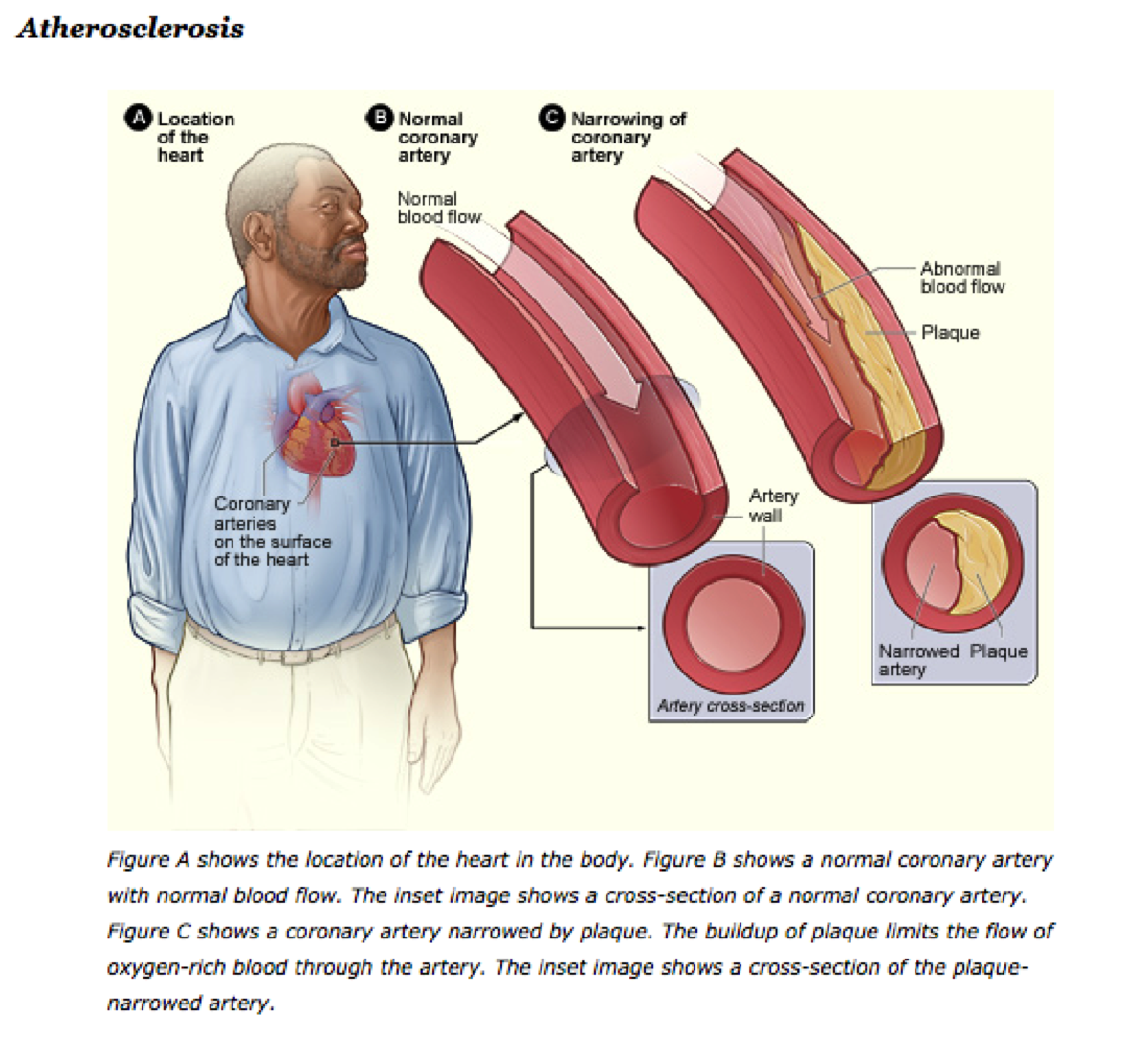
The Importance of Cholesterol
Cholesterol works by travelling through our bloodstream in small groups called lipoproteins which is made of lipid and protein.
It is also present in every cell of our body where it aids the body to produce the cell membranes, vitamin D, hormones and bile salts that help the body in food digestion.
Protein and lipids transmit cholesterol all throughout the body.
Two Main Types of Cholesterol
Knowing the importance of cholesterol in our body is essential but it is equally important to understand that there are two types of cholesterol.
The first is often called “the bad” cholesterol or low-density lipoprotein cholesterol (LDL-C) because it produces plaque that can clog the arteries together with other substances when we have too much circulating in the blood.
The other one is called “the good cholesterol”, or high-density lipoprotein cholesterol (HDL-C), because it helps counteract the bad cholesterol congested in the inner walls of our arteries, causing different kinds of heart ailment such atherosclerosis (hardening of the arteries).
But if we need cholesterol, just how can it be detrimental then?

The Dangerous Effect of LDL-C
Anything excessive is dangerous and the same is true with cholesterol.
If we have too much of LDL, it would harm us and worst—kill us.
However, if we do have great numbers of HDL, that’s a good thing because HDL helps unclog the plaque inside our artery and helps the body transport it back to the liver to be recycled.
That being said, the statement that cholesterol is dangerous is a myth.
On the other hand, we may have also heard that we should have high level of cholesterol to prevent diseases of the heart, this however is still a great debate in the field of medicine.
Recommended Amount of Cholesterol
USDA highly endorses consuming a maximum of 300 mg of cholesterol per day but we should always limit saturated and trans fat food as much as we can because it is NOT part of our daily diet.
High cholesterol is one of the most manageable risk factor for heart ailments and stroke.
It is just as important as doing your daily workout.
Changing our lifestyle and eating habits can actually help us achieve optimum health and if we truly love ourselves, we should start being aware of our cholesterol and be more mindful of the food we eat.
Top 13 Foods that Can Lower Cholesterol

Green Tea
Tea is widely used all over the world particularly in Asian countries and you may have been wondering why for some time now.
In reality, drinking tea as part of lowering cholesterol has always been controversial but there has been a lot of clinical studies showing the significance of tea in our diet.
Firstly, tea contains antioxidants and essential nutrients which are beneficial for fighting cancer-causing substances in our body.
Green tea contain flavonoids which help in reducing low density lipoprotein (LDL cholesterol).
Also, in another scientific study, consumption of about 120 ml to 599 ml of green tea a day for a whole year is significant in dropping the risks of hypertension by a total of 46% and about 65% when you consume 600ml per day.
It is also great to know that green tea is low in calories.

Oats and Barley
These whole grains are on top of the best sources of soluble fiber as they block our body’s ability to absorb cholesterol and helps lower LDL by 5 to 10%.
It is recommended to take 10 to 25 grams of oats or barley a day.
Barley and other whole grains are high in magnesium which helps lower the risk of having diabetes type 2 by 19%

Almonds and Seeds
Whether you just sprinkle it on your dish or eat it as it is, almonds help lower cholesterol because it (specially its skin) contains substances that prevent LDL from being oxidized.
Almonds is an excellent source of nutrients that helps in decreasing LDL cholesterol.
It contains biotin, Vitamin E, manganese, monounsaturated fats and fiber.
To help lower your bad cholesterol, make almonds part of your grocery list.
It is high in HDL cholesterol that fights the bad fat. It is also great to know that almonds reduce the risk of heart diseases and diabetes.

Avocado
Avocado contains monounsaturated fat that have been found to significantly lower the LDL level and help increase the body’s HDL.
You can eat it the way it is or make a shake out of it.
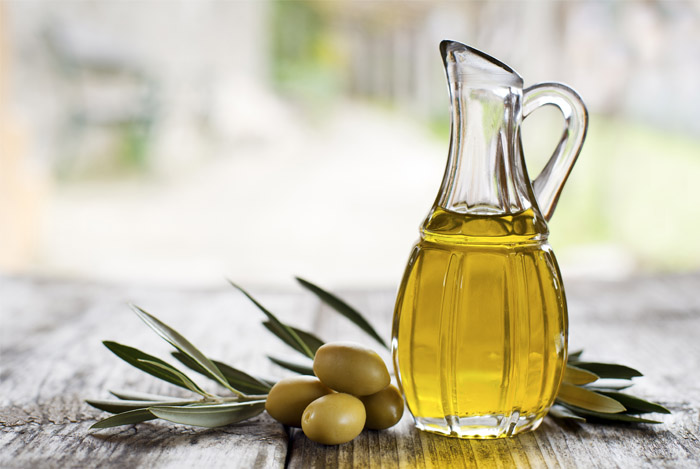
Olive Oil
Olive oil can help lower cholesterol level by about 5 to 15% by blocking the absorption of cholesterol.
You can use olive oil for sautéing your daily meal or as a substitute to butter.
A lot of people also use this as a salad dressing.
2 tablespoons of olive a day is recommended amount by Mayo Clinic.

Fish
Fish is known for its omega 3 fatty acid.
Its protein which has been proven to lower LDL.
Two servings of fish per week is recommended. Salmon, mackerel and sardines are all high in omega3 fatty acid.

Garlic
Garlic is known to lower cholesterol even in earlier times.
Many studies can attest to this.
It is because garlic is made up of many anti-oxidants that helps kill free radicals.
It helps in the prevention of atherosclerosis and Alzheimer’s disease.
There are also studies that show its importance in the prevention of heart attack and stroke.
Aged garlic extract can in fact lower LDL by up to 10% in hypercholesterolemia.
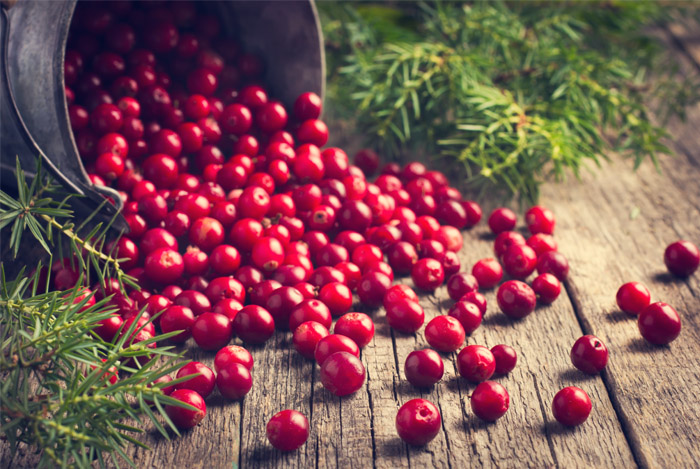
Cranberry
There were numerous studies done showing that cranberries are made up of antibacterial and antiviral components.
This information became a great inspiration on the study of cranberry ingredients and how it can lower LDL.
The study showed that cranberry contains anthocyanin which in fact helps lower LDL.
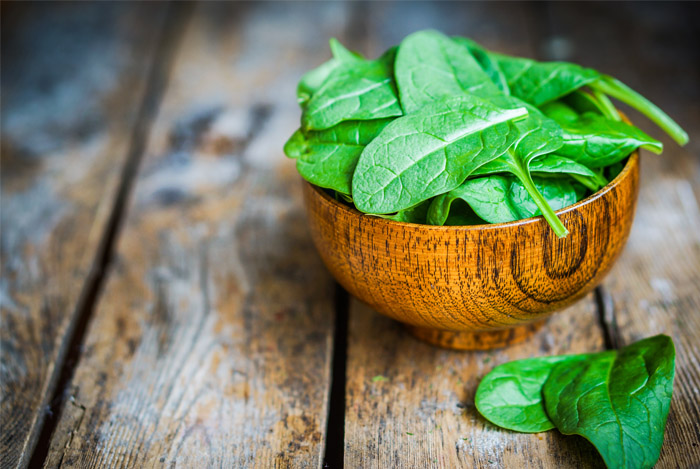
Spinach
Spinach contain carotenoids which is great in lowering LDL and LDL cholesterol corrosion.

Beans and Lentils
It has been reported that people who eat dietary portion of beans and lentil daily (about 130 g/d) significantly lowered their low density lipoprotein.
These results have been reported by John L. Sievenpiper, M.D, PhD.
Consumption of beans and lentil also helps in the prevention of hypercholesterolemia.
Including these foods in your diet can help your body function well as it manages your cholesterol level.

Margarine
Increase intake of saturated fat has been connected to the increased ricks of cardiovascular disease (CVA).
The replacement of saturated fat to polyunsaturated fat resulted in decreased CVD risk in some studies.
Margarine is made of plant sterols which is considered to be good cholesterol.
Not all margarine however are made of polyunsaturated fat, some are made of trans fat which is highly dangerous, and so it would be wise to always check the label.
Instead of going for butter, which contains animal fat, go for margarine.
It is advisable to have at least 2 grams of margarine daily.

Red Wine
Red wine, when taken in moderate amounts, can help lower LDL.
This may no longer be new to you but it is very good to mention that drinking red wine can actually decrease the risk of heart attack.
Drinking red wine also helps in the maintenance of healthy blood vessels as well as limit the progression of atherosclerosis.
It is advisable to drink wine MODERATELY.

Apples
We have heard about apple keeping doctors away ever since we were children and this is true because of its valuable content that helps lower our LDL cholesterol.
Studies suggests that eating apple also improves the heart health condition of people who are in middle adulthood.
The key component of apples that helps fight bad cholesterol are polyphenols and fiber.
Some studies claim that low amount of HDL in our body is truly detrimental to our neurological and circulatory system.
While the significance of having high HDL still seems to be under unending scientific studies, one thing remains very clear—that we should lower our LDL (bad cholesterol) to avoid health issues caused by these type of fat in our body.
The Bad Side of LDL Cholesterol
As mentioned on the first part of this article, too much of everything can extremely hurt us.
In the case of LDL cholesterol, we often hear that it is detrimental but how can it really be damaging in one’s health?
Is it always dangerous?
If not, when does it become really unsafe and how much of LDL is allowed to maintain our health?
LDL is not at all bad IF we only have the precise amount needed for it to function.
When we have too much of it, that becomes the issue.
LDL works as a transporter of antioxidants and fat soluble all around our body meaning it is as important as HDL which also helps transport cholesterol back to the liver for the liver to recycle, therefore, LDL ONLY becomes bad when it is not used properly and if it is damaged.

What Can Damage LDL Cholesterol?
When LDL is damaged, it becomes oxidized LDL that causes inflammation into the arteries.
We have to remember that arteries are responsible for the supply of blood from the heart to the different organs of our body.
When our arteries are inflamed, it wouldn’t be able to function well—leaving our body with not enough oxygen, nutrients amino and fatty acids as well as glucose which are all essential for the body to function well.
LDL is damaged by various free radicals or unpaired electron causing the degradation of lipids that may result to aging and death.
It may be a little complicated to understand and so I will try to make it simple.
Free radicals are dangerous; they are unbalanced molecules— always looking for ways to stabilize their selves by stealing electron from its neighbor i.e. HDL.
This chain of reaction goes on and on.
But there is always something that we can do to avoid this.
Factors that Affect LDL Cholesterol
- Smoking
- Age
- Environment
- Family History
- Blood Pressure
- Gender
- Weight
- Alcohol
- Activities
- Chemicals/drugs
- Food
Free radicals are formed in many ways.
It can come from sunlight, pollution, radiation, chemicals and from the food we eat.
The LDL, the HDL, the free radicals are all interconnected and we have to realize the value of having the right amount of food, and choose the food we eat.
It is very evident that the food we eat can cause serious damage to our health and that cholesterol can deeply hurt us—not only physically but also financially.
So, it is really important to be mindful of the food we eat every single day.
The above-mentioned top 13 foods that can lower cholesterol are medically tested.
Studies and various reports also attest to this.
So, does cholesterol really matters? If you value life, cholesterol matters—A LOT!
FDA Compliance
The information on this website has not been evaluated by the Food & Drug Administration or any other medical body. We do not aim to diagnose, treat, cure or prevent any illness or disease. Information is shared for educational purposes only. You must consult your doctor before acting on any content on this website, especially if you are pregnant, nursing, taking medication, or have a medical condition.
HOW WOULD YOU RATE THIS ARTICLE?
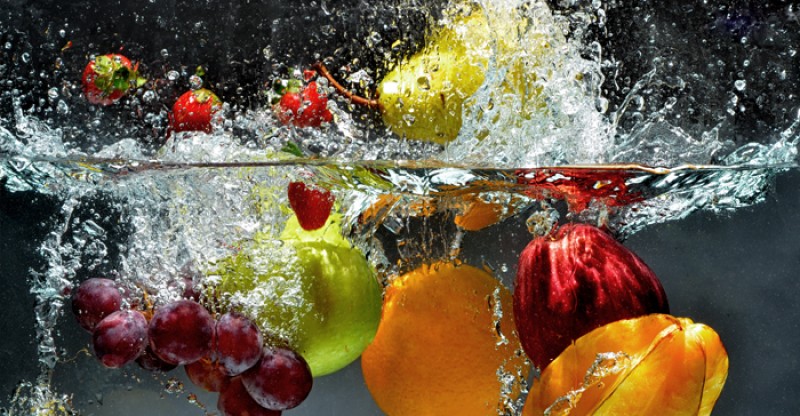





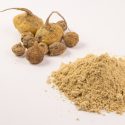
Love almonds! How much of them should i have daily?